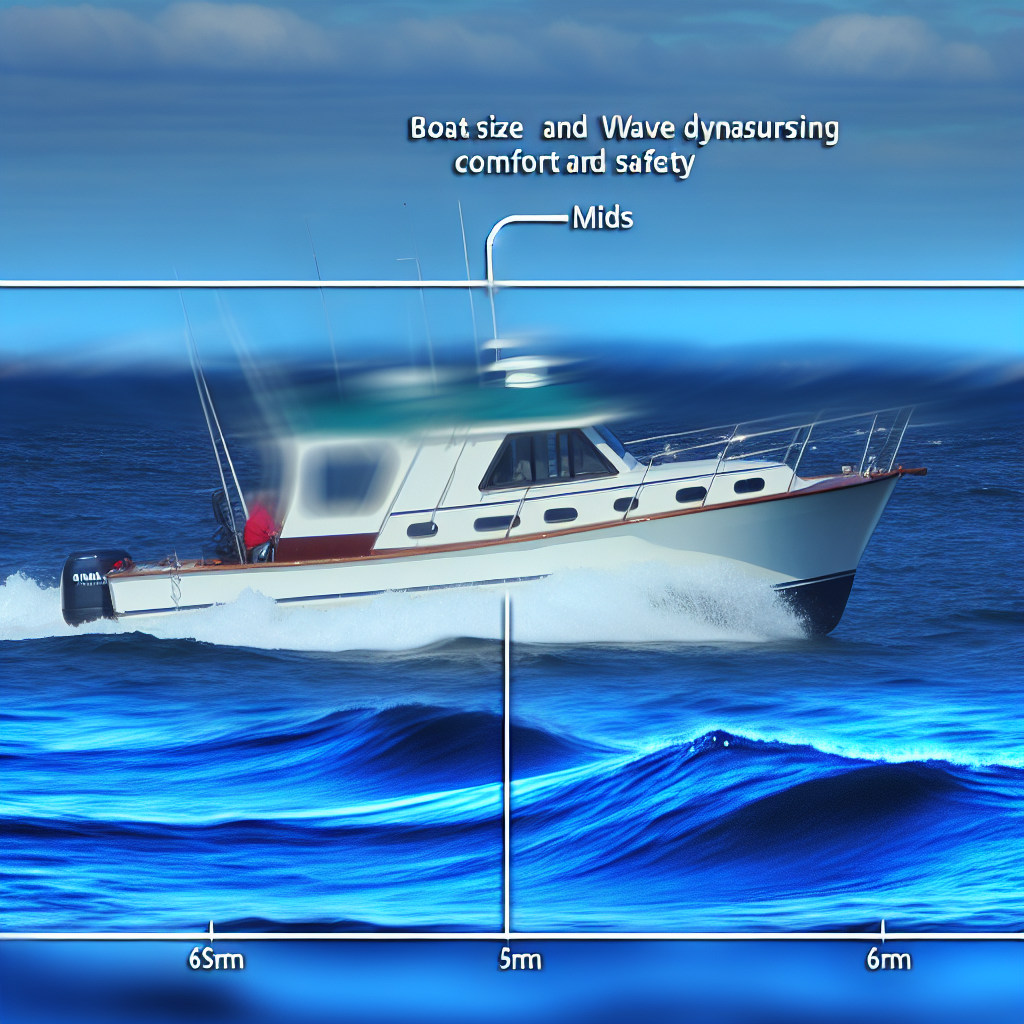There’s nothing quite like the thrill of being on the water, feeling the powerful motion of the ocean beneath you. But have you ever wondered how the size of your boat influences your comfort and safety amidst choppy waves? Understanding the relationship between boat size and wave dynamics can make your maritime adventures smoother and more enjoyable.
The Role of Boat Size in Wave Handling
When navigating through turbulent waters, the size of your boat significantly impacts its ability to handle the motion of the ocean. Larger boats generally tend to provide a more stable ride because they possess greater mass and buoyancy, which helps in dampening the effects of waves. Conversely, smaller boats are more susceptible to being tossed around, leading to a rougher and potentially unsafe experience.
Factors like length, weight, and beam width are crucial in determining how a boat interacts with wave motion. For example, a longer boat can distribute the impact of waves more evenly, reducing the likelihood of excessive pitching or yawing. Additionally, a wider beam adds stability, making the boat less prone to rolling side-to-side when waves hit from different angles.
It’s also important to consider the boat’s center of gravity and hull design. V-shaped hulls cut through waves more efficiently, offering better stability in rough conditions, but they may also generate more motion for smaller vessels. Flat-bottomed boats, while stable in calm water, tend to become unstable in choppy seas. Hence, the choice of boat size and hull shape should align with your typical boating environment for a smoother experience.
Choosing the Right Boat for Wave Conditions
Understanding how boat size influences wave handling aids in selecting the perfect vessel for your needs. For calm lakes, smaller boats may suffice, offering agility and ease of maneuverability. However, if you’re venturing into open waters or expecting rough seas, opting for a larger, well-designed boat is essential for safety and comfort.
Considerations when choosing a boat include:
- Wave height and frequency in your typical boating area
- The boat’s size, weight, and hull type
- Intended use—recreational, fishing, or long-distance cruising
- Passenger capacity and onboard stability features
Investing in a boat that matches your typical wave conditions ensures a safer, more comfortable, and enjoyable time on the water. Proper knowledge of size and design considerations can significantly reduce the discomfort caused by choppy seas and help you make informed decisions for your maritime adventures.
In conclusion, the size of your boat plays a vital role in how it handles wave motion, impacting both safety and comfort. Larger, well-designed vessels tend to absorb and mitigate the effects of rough waters better than smaller boats. By understanding these dynamics, you can choose the right boat for your environment and enjoy smoother sailing experiences amid the motion of the ocean.
